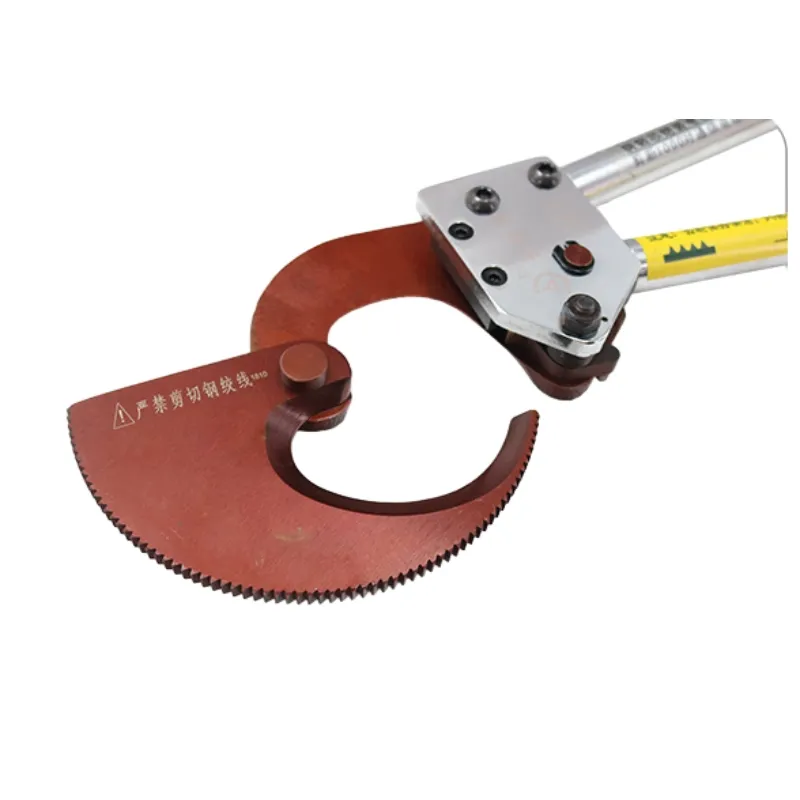
-
 Afrikaans
Afrikaans -
 Albanian
Albanian -
 Amharic
Amharic -
 Arabic
Arabic -
 Armenian
Armenian -
 Azerbaijani
Azerbaijani -
 Basque
Basque -
 Belarusian
Belarusian -
 Bengali
Bengali -
 Bosnian
Bosnian -
 Bulgarian
Bulgarian -
 Catalan
Catalan -
 Cebuano
Cebuano -
 Corsican
Corsican -
 Croatian
Croatian -
 Czech
Czech -
 Danish
Danish -
 Dutch
Dutch -
 English
English -
 Esperanto
Esperanto -
 Estonian
Estonian -
 Finnish
Finnish -
 French
French -
 Frisian
Frisian -
 Galician
Galician -
 Georgian
Georgian -
 German
German -
 Greek
Greek -
 Gujarati
Gujarati -
 Haitian Creole
Haitian Creole -
 hausa
hausa -
 hawaiian
hawaiian -
 Hebrew
Hebrew -
 Hindi
Hindi -
 Miao
Miao -
 Hungarian
Hungarian -
 Icelandic
Icelandic -
 igbo
igbo -
 Indonesian
Indonesian -
 irish
irish -
 Italian
Italian -
 Japanese
Japanese -
 Javanese
Javanese -
 Kannada
Kannada -
 kazakh
kazakh -
 Khmer
Khmer -
 Rwandese
Rwandese -
 Korean
Korean -
 Kurdish
Kurdish -
 Kyrgyz
Kyrgyz -
 Lao
Lao -
 Latin
Latin -
 Latvian
Latvian -
 Lithuanian
Lithuanian -
 Luxembourgish
Luxembourgish -
 Macedonian
Macedonian -
 Malgashi
Malgashi -
 Malay
Malay -
 Malayalam
Malayalam -
 Maltese
Maltese -
 Maori
Maori -
 Marathi
Marathi -
 Mongolian
Mongolian -
 Myanmar
Myanmar -
 Nepali
Nepali -
 Norwegian
Norwegian -
 Norwegian
Norwegian -
 Occitan
Occitan -
 Pashto
Pashto -
 Persian
Persian -
 Polish
Polish -
 Portuguese
Portuguese -
 Punjabi
Punjabi -
 Romanian
Romanian -
 Russian
Russian -
 Samoan
Samoan -
 Scottish Gaelic
Scottish Gaelic -
 Serbian
Serbian -
 Sesotho
Sesotho -
 Shona
Shona -
 Sindhi
Sindhi -
 Sinhala
Sinhala -
 Slovak
Slovak -
 Slovenian
Slovenian -
 Somali
Somali -
 Spanish
Spanish -
 Sundanese
Sundanese -
 Swahili
Swahili -
 Swedish
Swedish -
 Tagalog
Tagalog -
 Tajik
Tajik -
 Tamil
Tamil -
 Tatar
Tatar -
 Telugu
Telugu -
 Thai
Thai -
 Turkish
Turkish -
 Turkmen
Turkmen -
 Ukrainian
Ukrainian -
 Urdu
Urdu -
 Uighur
Uighur -
 Uzbek
Uzbek -
 Vietnamese
Vietnamese -
 Welsh
Welsh -
 Bantu
Bantu -
 Yiddish
Yiddish -
 Yoruba
Yoruba -
 Zulu
Zulu


TEL:
0086-311-88862036
Jan . 14, 2025 13:43 Back to list
cable roller types
Selecting the right cable roller type is a critical decision for industries ranging from telecommunications to electrical utilities. With the evolution of cable installation techniques, understanding the nuances of cable roller types becomes an essential part of ensuring longevity and efficiency in cable management.
5. Aerial Rollers Aerial installations require specialized rollers that can accommodate the elevated deployment of cables. These rollers are designed to be lightweight and are often used in the installation of overhead power lines or telecommunication cables. 6. Multi-Roller Systems For complex installations involving multiple cables or varied terrains, multi-roller systems provide the flexibility needed. These systems allow for various configurations, making them suitable for large projects that require robust solutions. When selecting a cable roller type, consider the material of the rollers. Heavy-duty materials like galvanized steel offer resilience and long-term durability. However, for lighter applications or temporary installations, high-density plastics may offer a more cost-effective solution. To ensure an effective cable installation process, it's crucial to perform a thorough assessment of the terrain and identify potential obstacles, such as sharp bends or steep inclines. This information will guide the decision-making process, ensuring the correct roller type is selected and deployed. Furthermore, working with reputable manufacturers and suppliers of cable rollers is vital for ensuring product quality and reliability. These manufacturers often provide valuable insights and guidance based on specific project needs. In conclusion, understanding the various types of cable rollers and their specific applications can significantly enhance the efficiency and effectiveness of cable installations. By carefully selecting the appropriate roller type and working with experienced suppliers, industries can ensure their cable management systems are robust, reliable, and efficient.


5. Aerial Rollers Aerial installations require specialized rollers that can accommodate the elevated deployment of cables. These rollers are designed to be lightweight and are often used in the installation of overhead power lines or telecommunication cables. 6. Multi-Roller Systems For complex installations involving multiple cables or varied terrains, multi-roller systems provide the flexibility needed. These systems allow for various configurations, making them suitable for large projects that require robust solutions. When selecting a cable roller type, consider the material of the rollers. Heavy-duty materials like galvanized steel offer resilience and long-term durability. However, for lighter applications or temporary installations, high-density plastics may offer a more cost-effective solution. To ensure an effective cable installation process, it's crucial to perform a thorough assessment of the terrain and identify potential obstacles, such as sharp bends or steep inclines. This information will guide the decision-making process, ensuring the correct roller type is selected and deployed. Furthermore, working with reputable manufacturers and suppliers of cable rollers is vital for ensuring product quality and reliability. These manufacturers often provide valuable insights and guidance based on specific project needs. In conclusion, understanding the various types of cable rollers and their specific applications can significantly enhance the efficiency and effectiveness of cable installations. By carefully selecting the appropriate roller type and working with experienced suppliers, industries can ensure their cable management systems are robust, reliable, and efficient.
Next:
Latest news
What Are Construction Tools and How Are They Used?
NewsJul.11,2025
Professional-Grade Duct Rodding Tools for Superior Cable Installation
NewsJul.11,2025
Enhancing Safety and Efficiency with Modern Hot Stick Solutions
NewsJul.11,2025
Empowering Cable Installation with Advanced Rodder Solutions
NewsJul.11,2025
Elevate Your Cable Installation Projects with Cable Pulling Tools
NewsJul.11,2025
Efficient Cable Handling Solutions: Cable Rollers for Sale
NewsJul.11,2025
Copyright © 2025 Shijiazhuang Bilo Import and Export Trading Co., Ltd. All Rights Reserved. Sitemap | Privacy Policy

BlLo lmport & Éxport is specialized in power and cable equipment andconsiruction tools,Qur main producis are FRP
duct rodder, cable rollerscable pulling winch, cable drum jack, cable pulling sock, etc.
Copyright © 2025 Shijiazhuang Bilo Import and Export Trading Co., Ltd. All Rights Reserved. Sitemap | Privacy Policy










